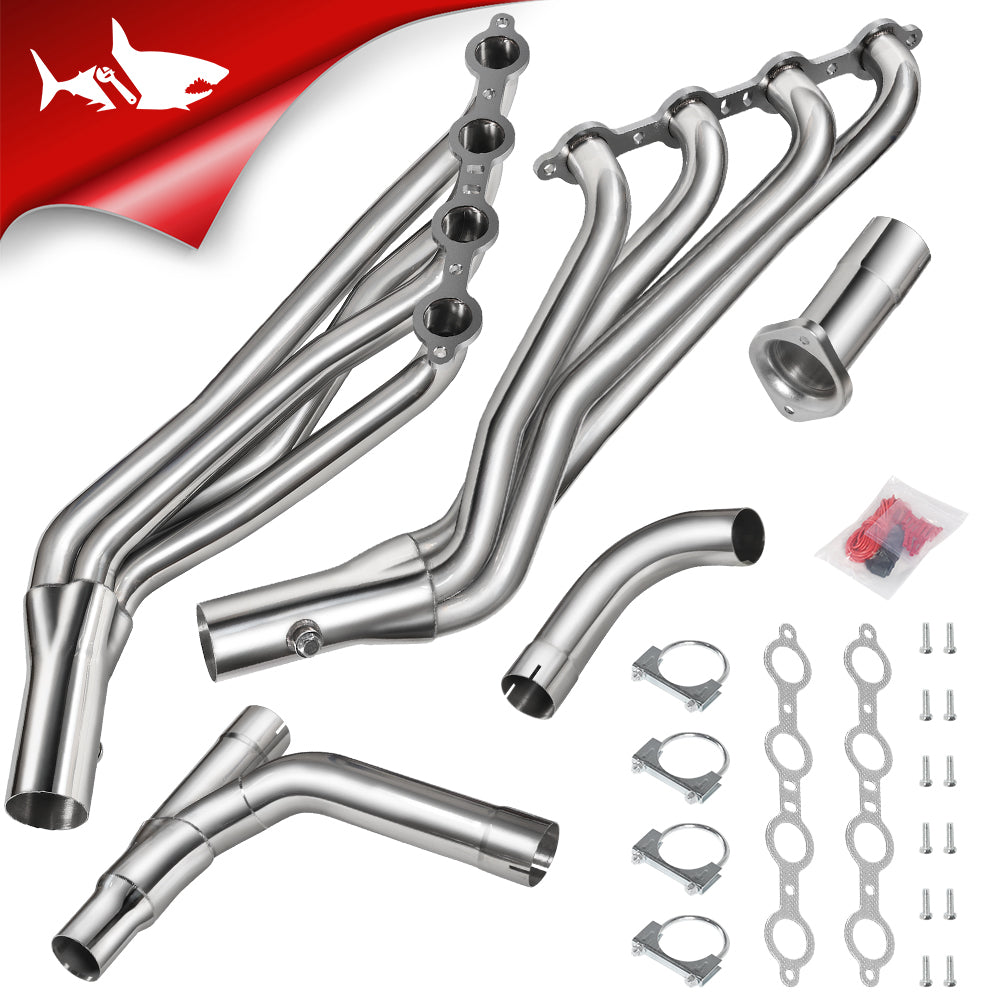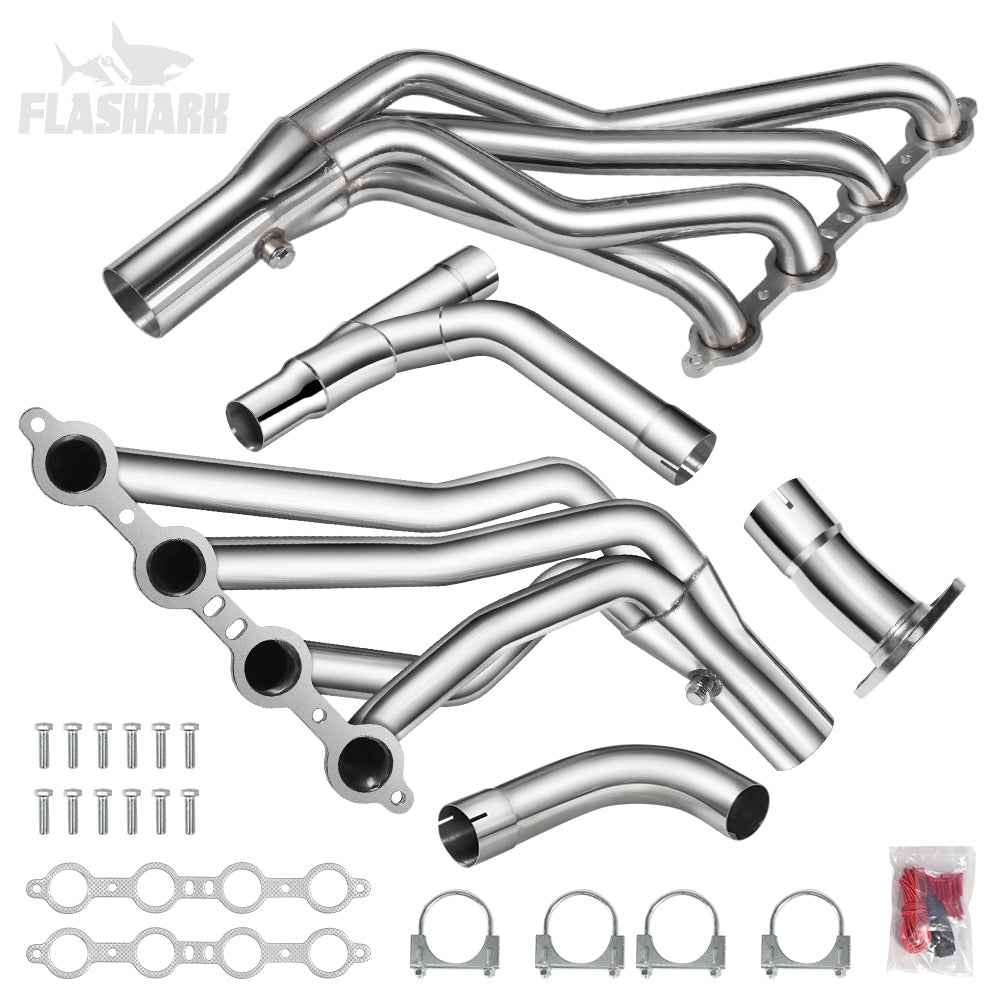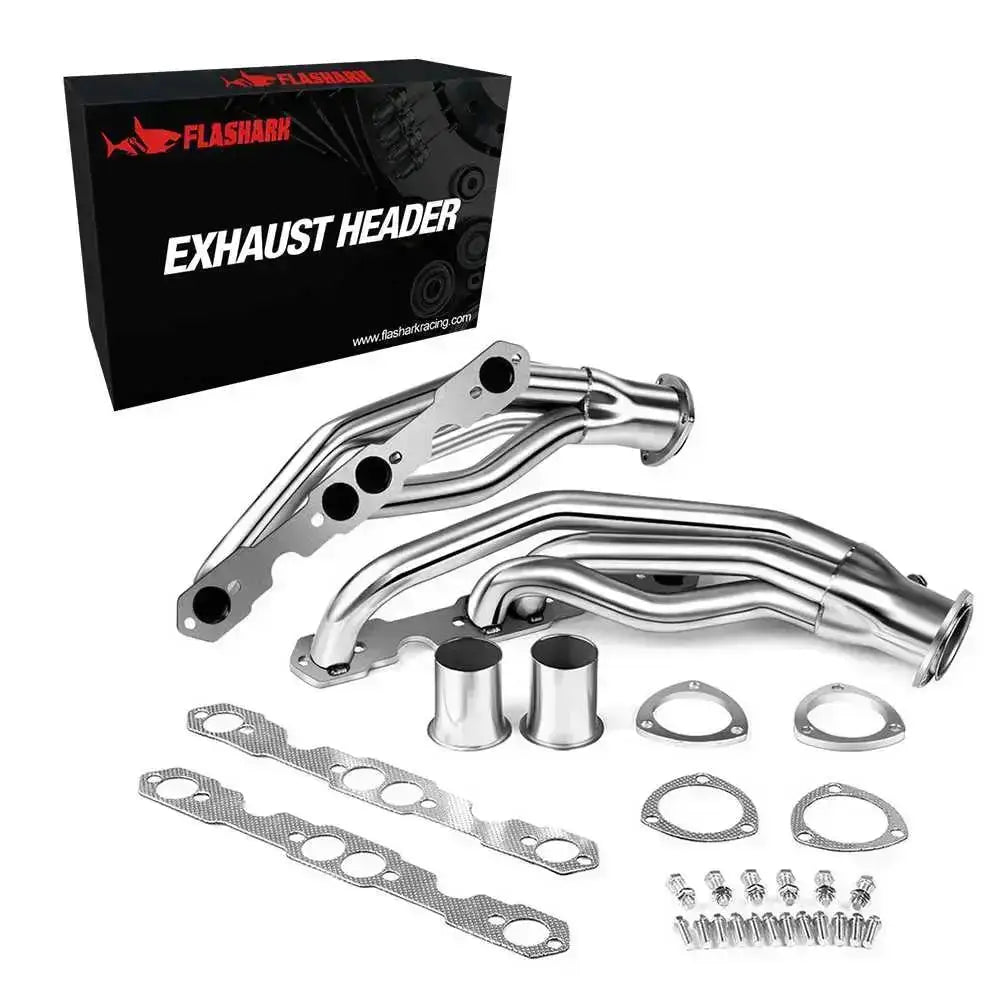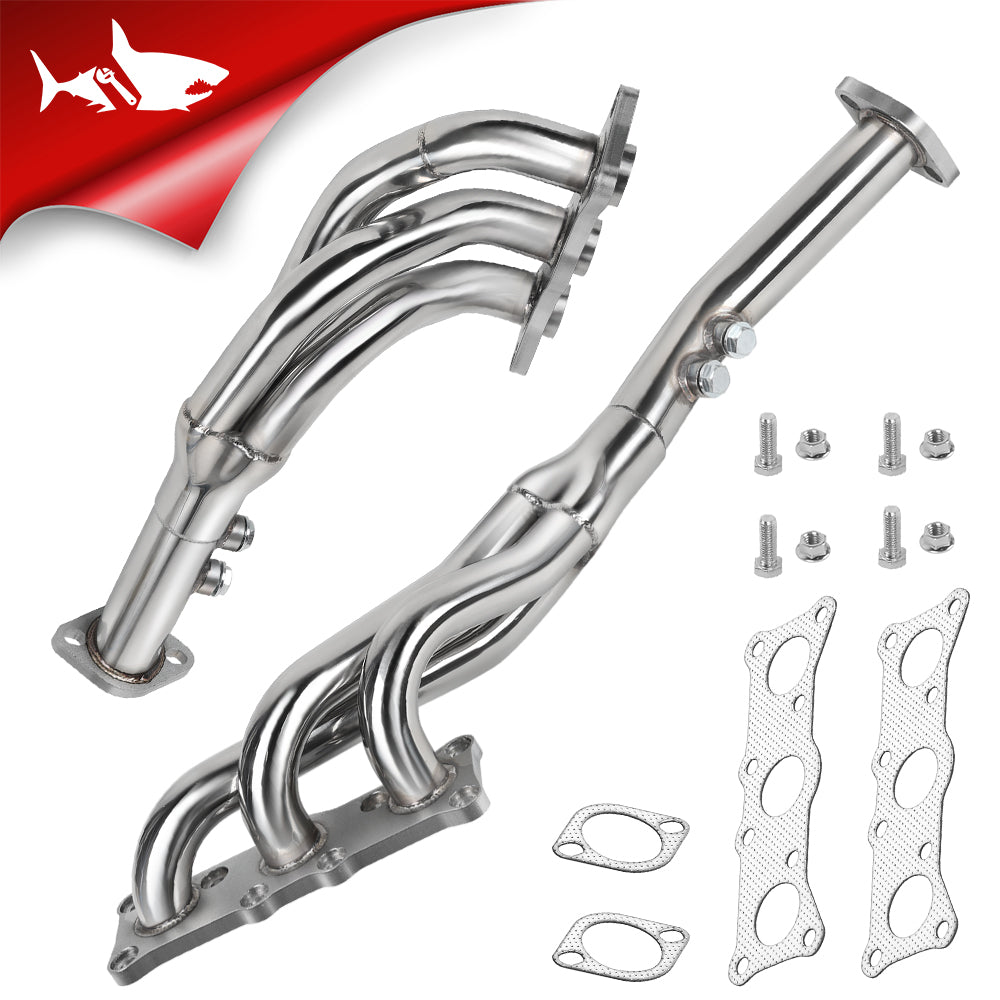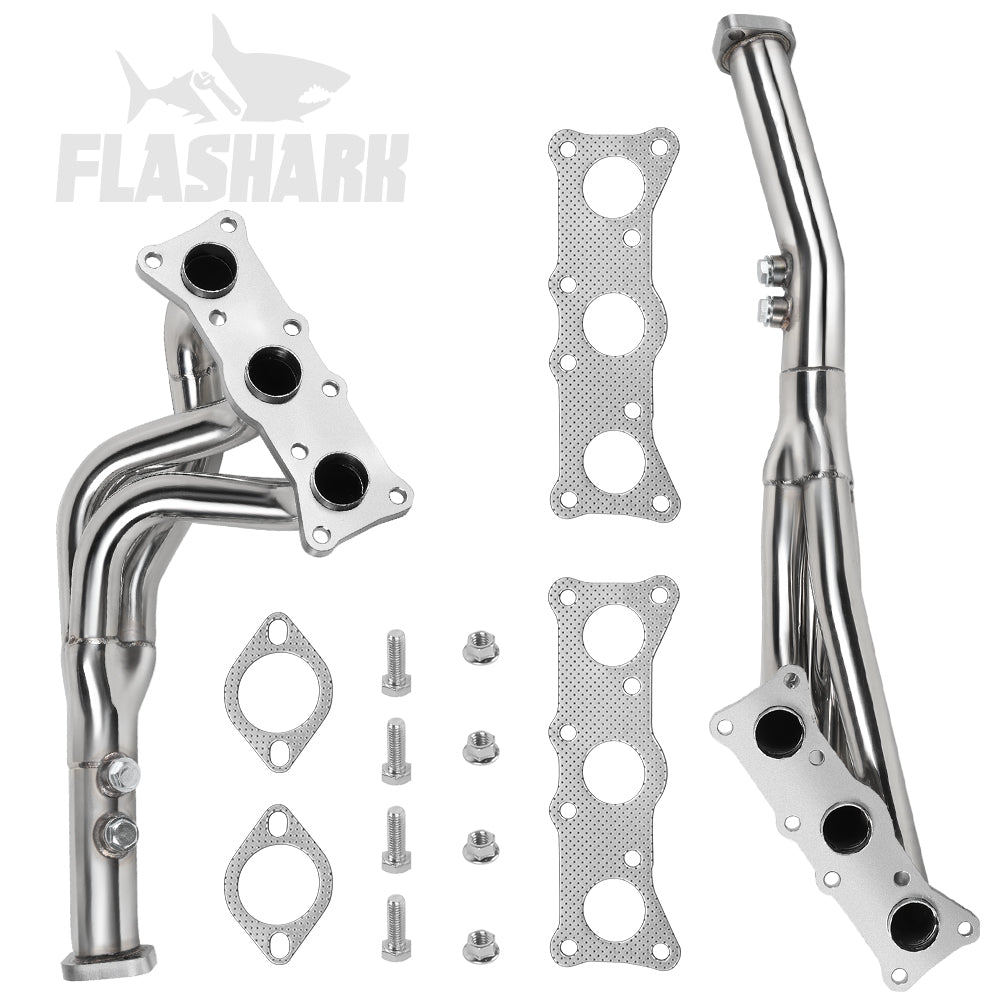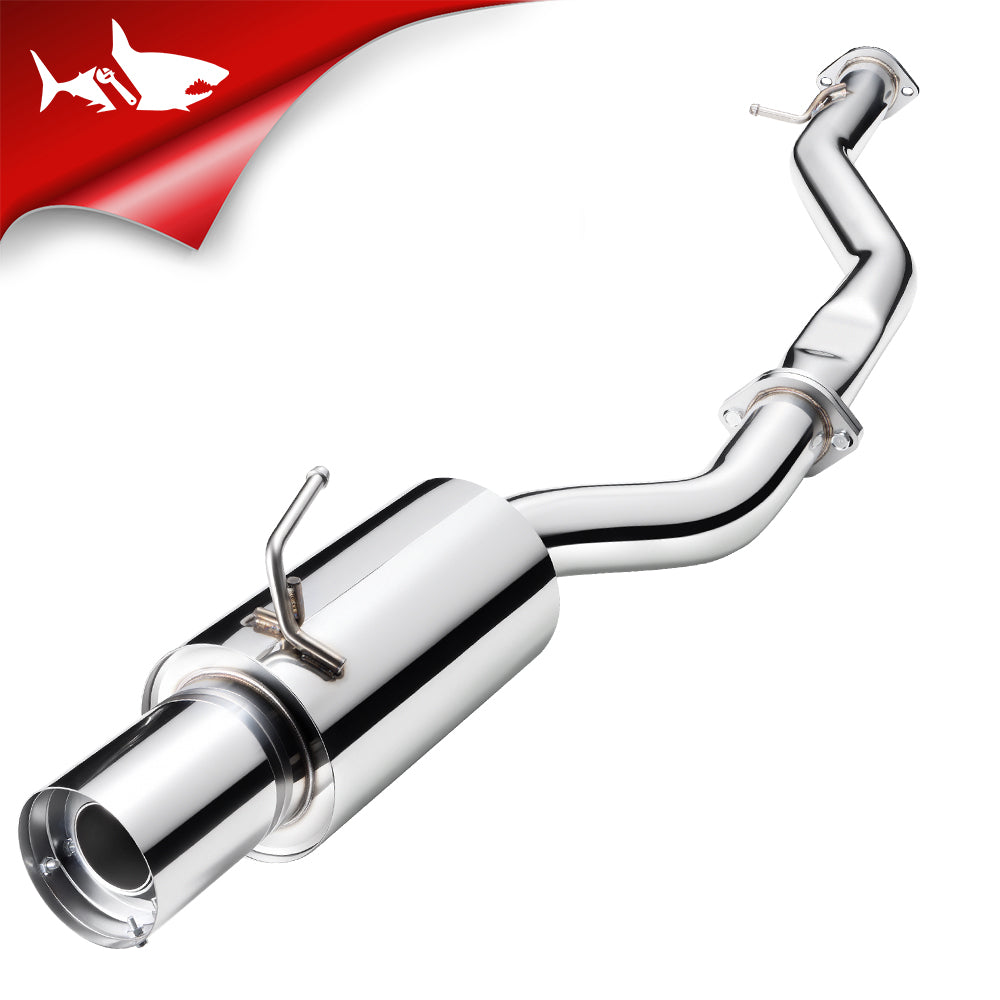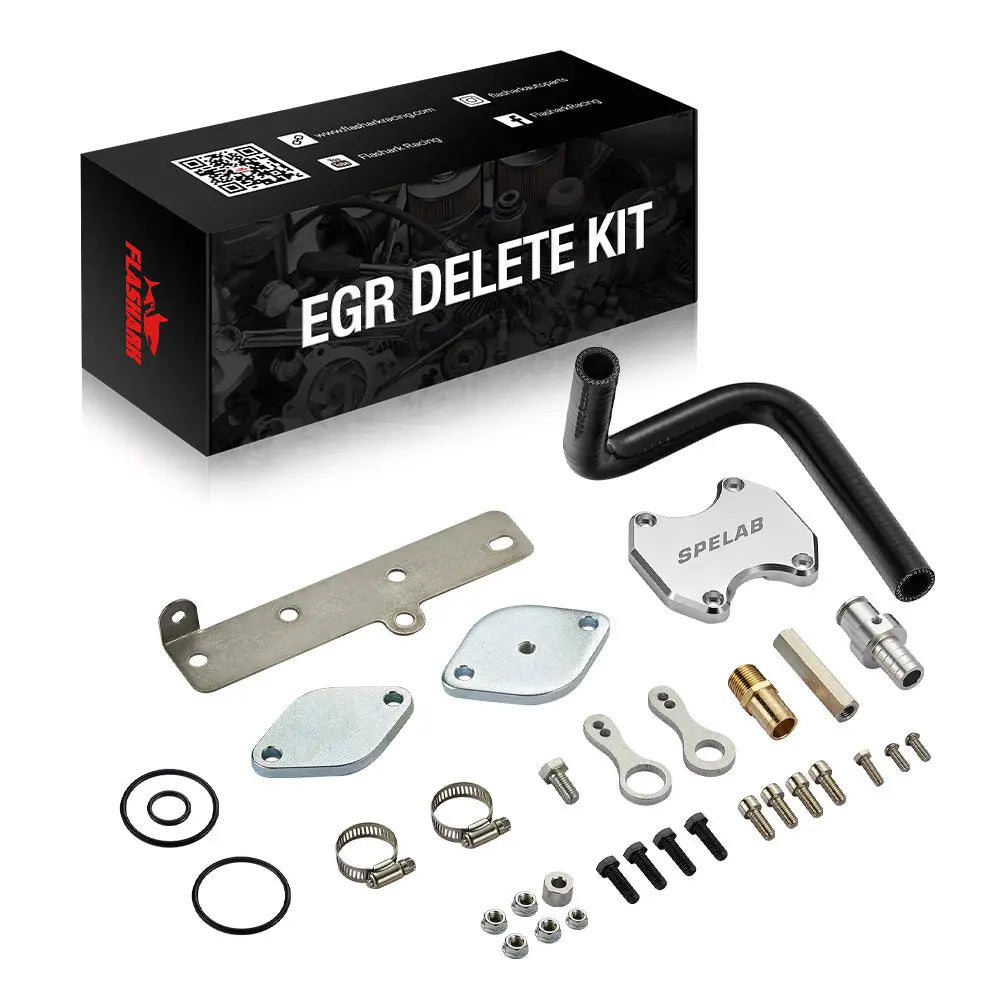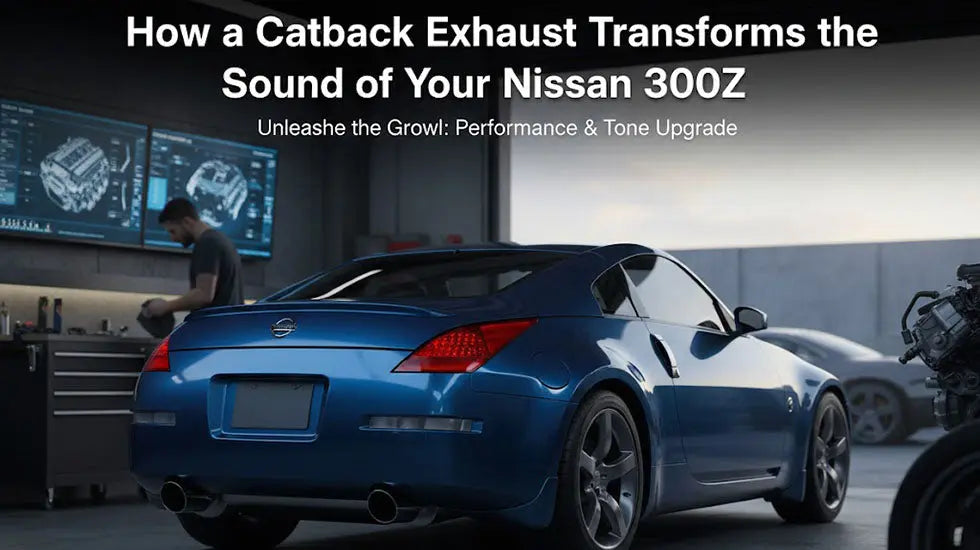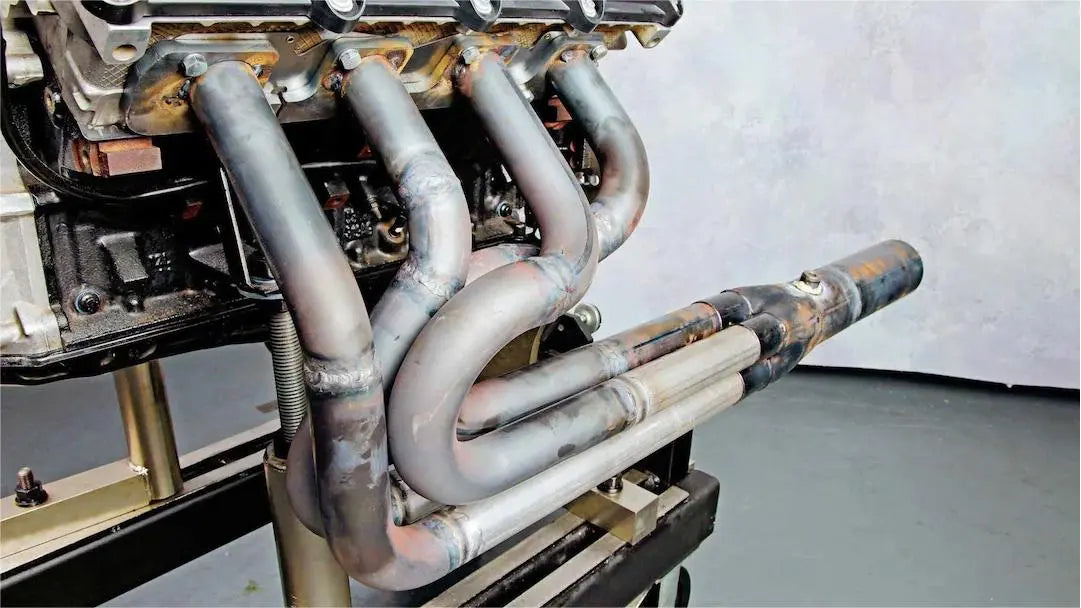Choosing the correct muffler for your vehicle is more than just about noise control; it's about ensuring your car runs efficiently. The relationship between the muffler size and the exhaust pipe diameter is crucial, especially for 3 inch mufflers. A well-matched muffler enhances performance and contributes to the vehicle's overall health.
Measuring Your Exhaust Pipe
Measuring the exhaust pipe is the first step in selecting a muffler. You need a flexible tape measure or a ruler for this task. Start by locating the end of the exhaust pipe where the muffler will attach.
Wrap the tape measure around the pipe’s circumference. If using a ruler, measure across the pipe's end for a direct diameter reading. Ensure the tape or ruler is straight and level for an accurate measurement.
Record the measurement in inches, as this is the standard unit for exhaust systems in the U.S. If the measurement is not exactly 3 inches, round up to the nearest size. This ensures compatibility with standard muffler sizes.
Check the measurement twice to avoid any errors. A small mistake can lead to selecting the wrong muffler size. Accurate measurements are key to finding a muffler that fits perfectly.
Consider the pipe’s condition while measuring. Rust or damage can affect the diameter, leading to incorrect sizing. If you find damage, it may be wise to repair or replace the section before adding a new muffler.

Exhaust Pipe Diameter and Performance
The diameter of an exhaust pipe, such as for a 3 inch muffler, significantly influences engine performance. A too-small diameter can restrict exhaust flow, reducing engine efficiency and power. Conversely, a very large diameter might seem advantageous but can lead to reduced exhaust gas velocity.
This reduction in velocity affects the engine's ability to expel exhaust gases effectively, especially at lower revolutions per minute (RPM). It's a balance of maintaining adequate exhaust flow and back pressure. The correct size maintains this balance, enabling the engine to perform optimally.
Back pressure, when controlled, can be beneficial. It aids in scavenging, which is the process of clearing exhaust gases from the cylinders. However, excessive back pressure can harm engine efficiency and power.
Each vehicle and engine setup has specific requirements. Factors such as engine size, power output, and the vehicle's intended use influence the ideal exhaust pipe diameter. For many performance and street vehicles, the right diameter provides the best balance.

Types of Mufflers for Different Exhaust Systems
Mufflers vary based on whether your car has a single or double exhaust system. Single exhaust systems, common in many standard vehicles, typically require a different muffler type than double exhaust systems found in performance cars.
For a single exhaust system, a more compact muffler is usually sufficient. These are designed for efficiency and cost-effectiveness, focusing on reducing noise while maintaining reasonable performance.
Double exhaust systems often demand larger, more performance-oriented mufflers. These are tailored to handle higher exhaust volumes and provide less restriction, often enhancing the vehicle's sound and performance.
When selecting a muffler, it's essential to consider your vehicle's specific exhaust setup. This ensures compatibility and optimal performance. Knowing whether your car has a single or double system guides you toward the appropriate muffler choice.

Matching Muffler to Engine Specifications
When choosing a muffler, it's crucial to consider the engine's displacement and power output. These factors determine the exhaust system's requirements, including the muffler size.
Larger engines typically produce more exhaust gases and may benefit from a larger muffler. This allows for efficient gas expulsion without creating excessive back pressure.
Smaller engines with lower displacement might be better suited to smaller mufflers. These engines generate less exhaust, and a smaller muffler can provide adequate flow without underperforming.
The power output of the engine also plays a significant role. High-performance engines, often found in sports cars, may require mufflers designed for higher flow rates to maintain efficiency.
Like those in family sedans, engines with modest power outputs usually work well with standard mufflers. These mufflers are designed to balance noise reduction and exhaust flow, suitable for everyday driving conditions.
Understanding your engine's specifications helps in selecting a muffler that complements its characteristics. This ensures your engine runs smoothly without any undue stress on the exhaust system.

Calculating Exhaust Flow Needs
Calculating exhaust flow is essential for choosing the right muffler. It begins with understanding your engine's intake volume, which directly affects exhaust flow needs.
Engine intake volume can be estimated by considering the engine's RPM and displacement. A simple formula is used: Engine Intake Volume = RPM x 0.001 x Displacement ÷ 2. This calculation gives a ballpark figure for the volume of air your engine takes in.
The exhaust flow requirement should roughly match the intake volume. This balance ensures that your engine can efficiently expel exhaust gases. An imbalance can lead to performance issues.
In practical terms, if your engine has a high intake volume, it needs a muffler to handle a higher flow rate. This prevents exhaust backlogs and maintains engine efficiency.
Conclusion
Selecting the appropriate muffler for vehicles with a 3-inch pipe is vital for optimal performance and vehicle health. It ensures efficient exhaust flow and better engine performance, contributing significantly to a smoother drive. The right muffler choice is crucial in maintaining your vehicle's efficiency and longevity.


